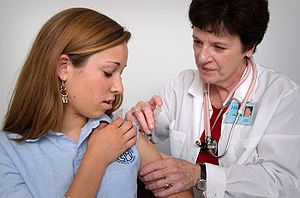Killing Traditional Nursing Duties #3 – NPO after Midnight
By Shawn Kennedy, editor-in-chief
In early August, on our Facebook page, we asked if there were “old nursing habits” that should be killed off. We received a lot of feedback, which we described in a blog post called “Killing Traditional Nursing Duties #1.” We did another post on the answers to our second question, “When you give IM injections, what site do you most often use—dorsogluteal (upper outer quadrant of buttocks), ventrogluteal (lateral hip), or deltoid (upper arm)?” This also got many comments in response.
Our last question was this: “Does your institution routinely follow ‘NPO after midnight’ for preoperative patients?” Here’s some of the comments we received on the blog:
My institution does follow the NPO after midnight for preop patients. I sometimes disagree d/t the time patients may be going to surgery. If a patient is not scheduled for the OR until the following day at 5 pm, why should they have to be NPO after midnight the night before?
…most of the younger anesthesiologists/CRNA’s allowed BLACK COFFEE to be drunk right up until time of surgery. No dairy or sugar in it, obviously.
The facility that I work for does routinely follow ‘nothing by mouth’ after midnight guidelines. If the patient is scheduled for a late surgery I may call the doctor and request that the orders be altered and in most cases the doctor’s are agreeable and will change the orders, […]





